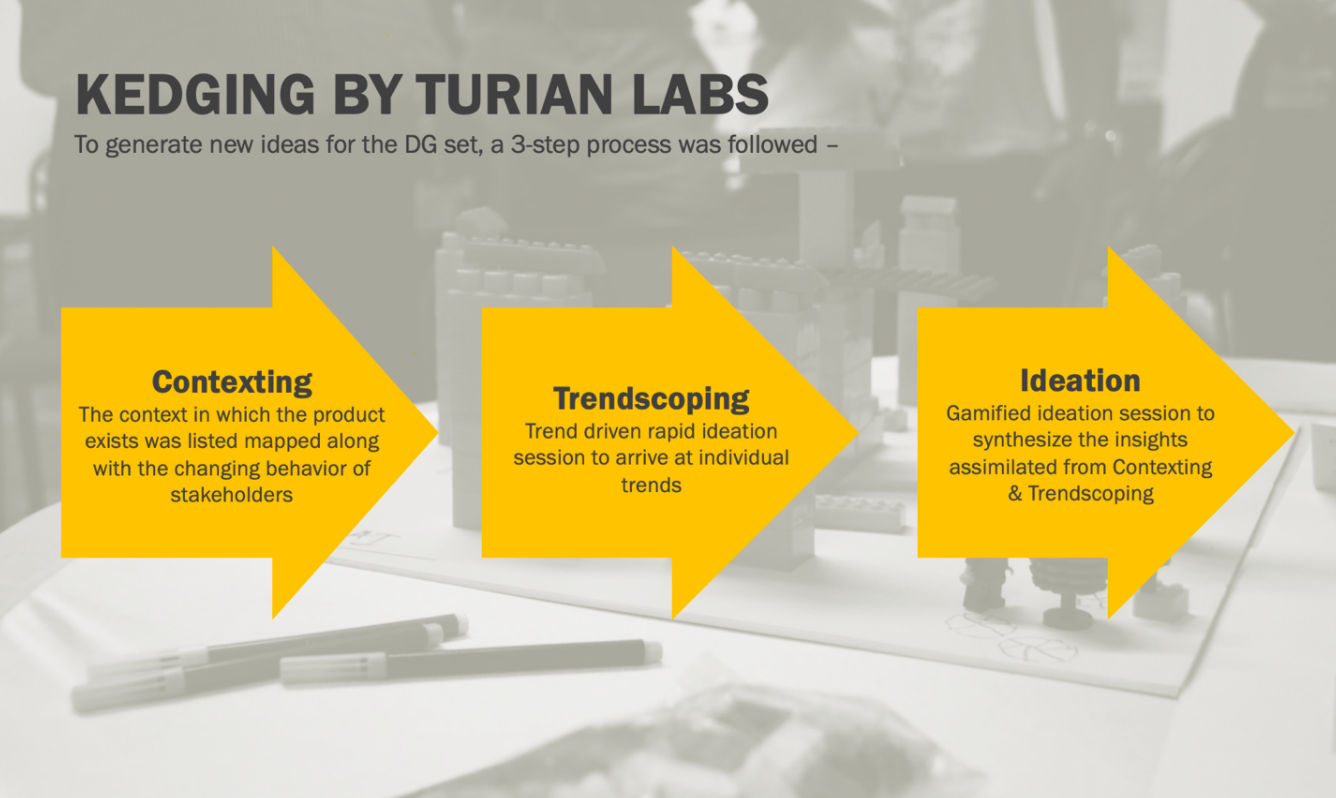A case study for kedging-driven innovation
Background
A residential electricity generator business within an Indian conglomerate was struggling to build a differentiated product in the commodified market. They approached Turian Labs with a very specific demand, saying “we know automation, AI and product styling. These are pretty much cookie-cutter solutions and we know all that. Can you use your Turian Labs methods of Kedging and Megatrends to bring about anything different”?
Project Brief
Suggest new out-of-box directions for residential electricity generators both as a product and a business. Once starting points are discovered, the client’s technology consulting group could take over detailing and implementation, over an implementation horizon of one to five years.
Challenges
No structured qualitative research had been done by the client, and market research data not provided to us. Online, details about the competition were limited.
The entire project had to be compressed into the one-month project timeframe, including our own research, the application of Megatrend, conducting the Kedging workshop and performing strategy synthesis.
The stakeholder team consisted of industry veterans: almost all engineers with a specific field of knowledge, with little familiarity and comfort with the co-creation method.
Approach
Turian Labs worked on a rapid Kedging Sprint that involved “casting the future backwards”, instead of relying only on past data and insights.
The first stage was to conduct a short qualitative research sprint to understand market dynamics. One project team met the stakeholders, traders, consumers and influencers for in-depth interactions. Another team synthesized Megatrends specific to the energy sector from our global Megatrend palette.
Using these two sets of information, we organized a day-long co-creation workshop with the client using interactive tools from Design Thinking.
Our team discovered multiple potential future directions, which were then converged and elaborated into three potential scenarios and business models.
These three scenarios were further validated by users, and the client detailed scenario-specific business models.


